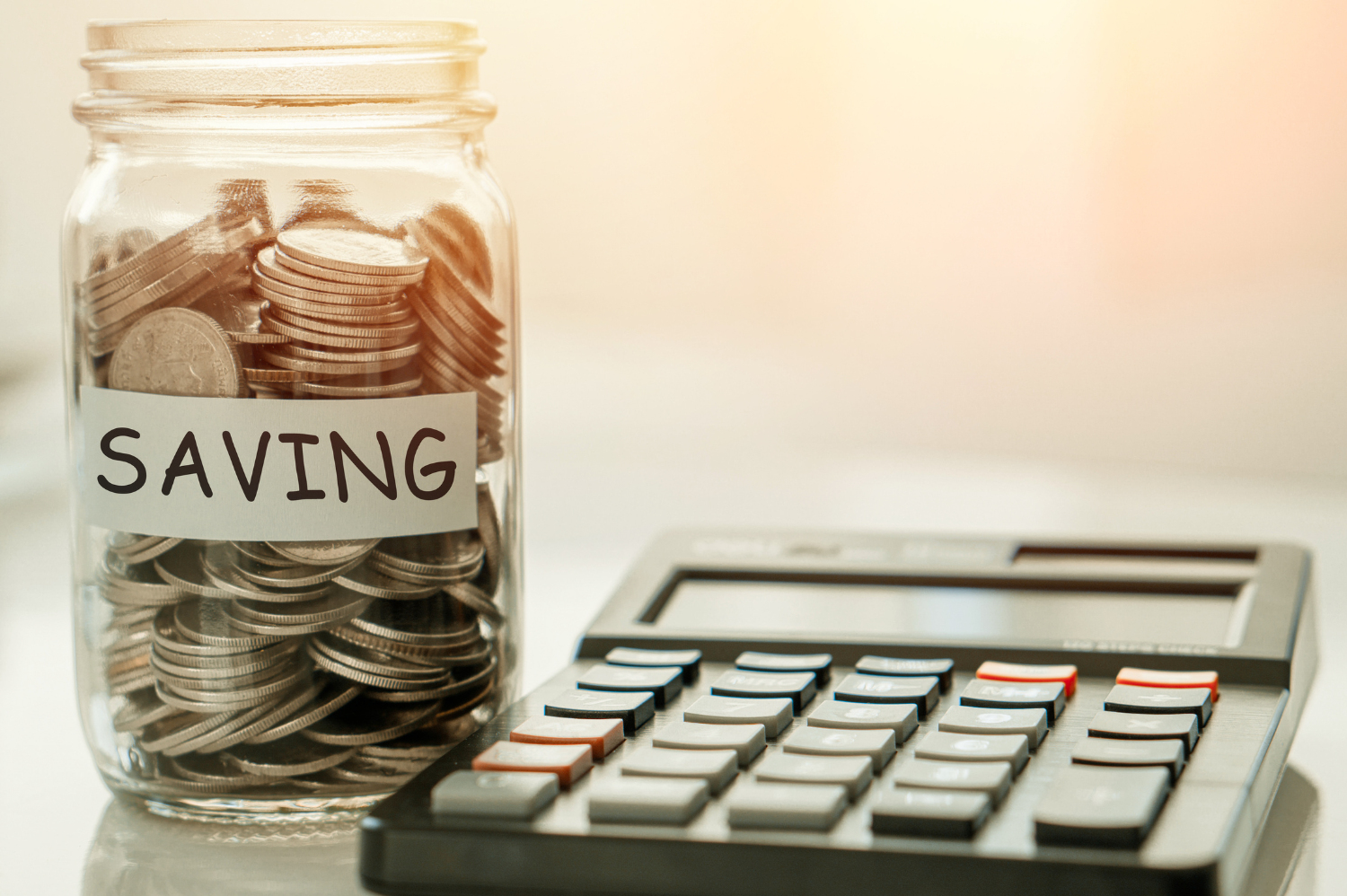How to Create and Maintain an Emergency Budget: Complete Guide

Having an emergency fund is essential to ensure financial security in times of uncertainty.
A well-planned emergency fund can help cover unexpected expenses, such as home repairs, medical expenses, or job loss, without compromising your regular budget.
This detailed guide, based on information from reputable sources like Wells Fargo, Commonwealth Bank, and MoneySmart, offers a step-by-step approach to creating and maintaining an effective emergency fund.
What is an Emergency Fund?
An emergency fund is a reserve of money set aside exclusively to cover unexpected expenses.
Unlike savings for specific goals, such as vacations or buying a house, an emergency fund should be available at any time for urgent situations.
Why is it important?
Financial Security: Provides a financial safety net, avoiding the need to resort to loans or credit cards with high-interest rates.
Peace of Mind: Reduces financial stress by knowing you are prepared to deal with unexpected events.
Flexibility: Allows you to handle emergencies without compromising your long-term financial plan.
How Much Should You Save in an Emergency Fund?
The ideal amount for an emergency fund can vary depending on your financial situation and lifestyle.
General Recommendation
Financial experts generally recommend saving the equivalent of three to six months of essential expenses. This includes:
Housing: Rent or mortgage, property taxes.
Food: Grocery and basic meal expenses.
Transportation: Fuel, vehicle maintenance, public transportation.
Health: Health insurance, medications, essential medical expenses.
Other Fixed Expenses: Utility bills, insurance, and other recurring expenses.
To determine the ideal amount for your emergency fund:
Calculate your essential monthly expenses: Make a detailed list of all fixed and variable essential expenses.
Multiply by the number of months: Decide how many months of expenses you want to cover (usually three to six months) and multiply by the amount of monthly expenses.
For example, if your essential monthly expenses total $3,000, you should save between $9,000 (three months) and $18,000 (six months).
How to Start an Emergency Fund
To start an emergency fund, you first need to plan so that you are not financially strained.
Set a Savings Goal
Define a clear goal for your emergency fund. Knowing the exact amount you need to save can help you stay focused and motivated.
Create a Budget
A detailed budget is crucial to identify how much you can save monthly.
Track Your Expenses: Monitor all your income and expenses to understand where your money is going.
Identify Areas to Cut: Look for areas where you can reduce unnecessary spending and redirect those resources to your emergency fund.
Set Priorities: Prioritize the emergency fund in your monthly budget.
Automate Your Savings
Automating transfers to your savings account can ensure you save regularly without having to think about it.
Automatic Transfers: Set up automatic transfers from your salary or checking account to your savings account on payday.
Gradually Increase: Start with an amount you can comfortably sustain and increase it as your financial situation improves.
Where to Keep Your Emergency Fund
Accessibility and security are the main considerations when choosing where to keep your emergency fund.
High-Yield Savings Account
Liquidity: The account should allow easy and quick access to the money.
Security: Choose a reliable and insured financial institution.
Returns: While the primary goal is not to generate high returns, a high-yield savings account can help your money grow a bit more.
Money Market Accounts
These accounts generally offer slightly higher interest rates than traditional savings accounts and still maintain high liquidity.
Avoid High-Risk Investments
The emergency fund should be secure and easily accessible, so avoid placing these funds in volatile investments such as stocks or mutual funds.
Maintain and Grow Your Emergency Fund
Once you have started your emergency fund, it is important to maintain it and, if possible, increase it.
Regular Review
Annual Review: Reevaluate your emergency fund at least once a year to ensure it still meets your needs.
Adjust Contributions: If your expenses or income change, adjust your contributions to the emergency fund.
Replenish After Use
If you need to use the emergency fund, prioritize replenishing it as soon as possible. This will ensure you are prepared for any future emergencies.
Avoid Using for Non-Emergency Expenses
Discipline yourself to use the emergency fund only for true emergencies. For other expenses, consider creating separate savings or adjusting your monthly budget.
Additional Strategies to Protect Your Finances
In addition to having an emergency fund, adopting other strategies can help protect your financial health.
Insurance
Health Insurance: Ensure you have adequate health insurance to cover unexpected medical expenses.
Life and Disability Insurance: These insurances can protect you and your family in case of unexpected events that affect your ability to generate income.
Additional Savings
Consider creating additional savings for specific goals, such as car maintenance, vacations, or major purchases. This will help avoid using the emergency fund for these planned expenses.
Financial Planning
Work with a financial planner to create a comprehensive plan that includes saving, investing, and protecting against financial risks.
Creating and maintaining an emergency fund is a fundamental step to ensuring your financial security.
By setting a clear goal, creating a budget, automating your savings, and choosing the right place to keep your money, you can build a solid financial reserve that will allow you to face unexpected events with confidence.
Remember to regularly review and adjust your emergency fund to ensure it continues to meet your needs.
With discipline and planning, you can create a financial cushion that will provide peace of mind and long-term security.